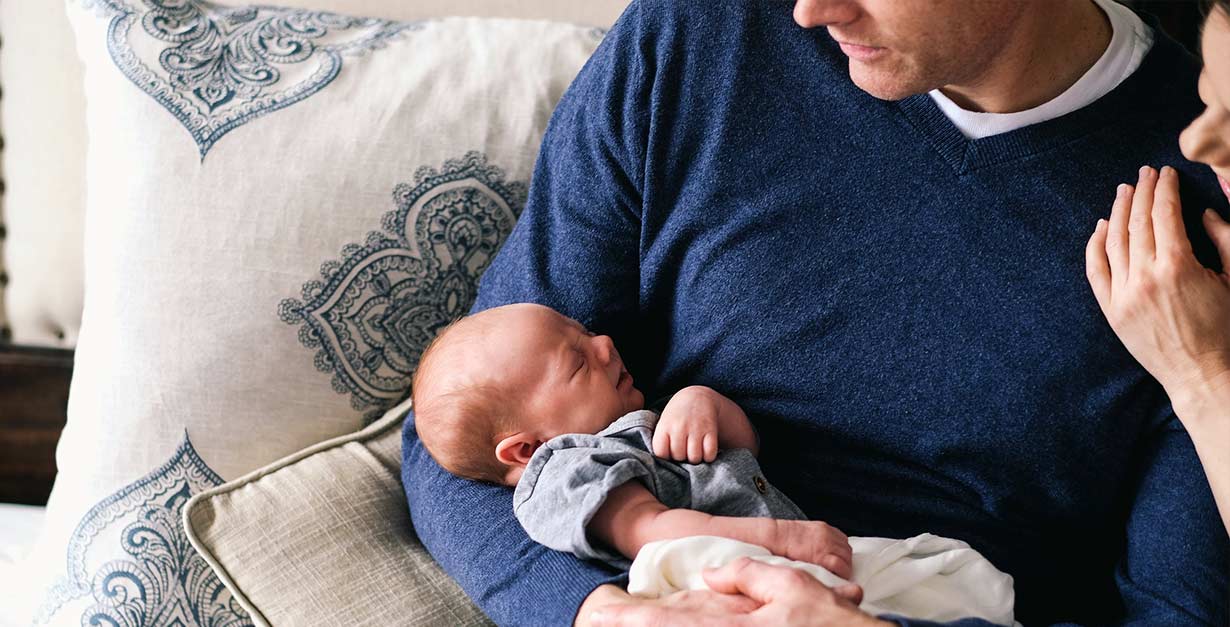 Co-sleeping is a topic that I have wanted to write about for years, and it’s a huge topic. So instead of attempting to address everything in one article, I’ve decided to do a series of co-sleeping articles.
Co-sleeping is a topic that I have wanted to write about for years, and it’s a huge topic. So instead of attempting to address everything in one article, I’ve decided to do a series of co-sleeping articles.
Let me begin by saying that I am not against co-sleeping. I believe that you have to find what works for your family and child and is in alignment with your family’s values, beliefs and parenting philosophies.
From Good Night, Sleep Tight: “My task isn’t to make that decision for you, but to help you figure out the right and comfortable sleep-enhancing decision for both you and your child.” (p. 291)
Professionals from the medical field have actually said to me, “Kim, you shouldn’t be talking about co-sleeping.” What they don’t acknowledge is that there is a statistic that says that 50 percent of parents are co-sleeping at some point in the first year of their child’s life. That’s a lot of families! I am not going to pretend that families do not co-sleep. I would much rather parents make wise decisions about their sleep. If you do choose to co-sleep, you need to do it safely.
Safe co-sleeping is incredibly important. The family bed in the image at the top of this article is definitely not a safe co-sleeping surface. The baby sitting up and alert while both parents are sleeping is a concern. The bigger problem, however are the loose blankets and sheets. If you choose to co-sleep, even for a few nights, please be sure that you are co-sleeping safely.
Families choose to co-sleep for a number of reasons.
Most of the families that I speak to are either co-sleeping out of desperation, or they really want to co-sleep but it is just not working and they want to change it. These families are practicing what I call ‘reactive’ co-sleeping.
From Good Night, Sleep Tight: “The “we didn’t plan it this way” co-sleepers are also called reactive co-sleepers. These parents end up with the baby in the bed part of all of the night, not by choice or philosophical commitment but because it’s the only way they can get their baby to sleep at bedtime, or back to sleep in the middle of the night.” (p. 293)
Whatever the reason, these ‘reactive’ co-sleeping families have turned to co-sleeping as a means to an end, and it has not provided them the sleep that they desire. Remember, families don’t contact me if everything is running smoothly.
I understand that this type of ‘reactive’ co-sleeping is not the foundation of co-sleeping, nor is it helping the family’s wellbeing. That is why I felt the need to address this problem in my book, “Good Night, Sleep Tight”, to help families end this type of “we didn’t plan it this way” co-sleeping so that everyone can have a restful night. If you are reactively co-sleeping, I would urge you to consider some gentle sleep solutions that may work better for your family.
How long will you co-sleep?
 When your family makes the decision to co-sleep, it’s important that you think about how long you want to practice a family bed. Are you just wanting to co-sleep for a few months, or years? Or do you want make a long-term commitment, one that will continue until your child decides that they want to move into their own bed? Also, please remember that every child has to learn the skill of putting themselves to sleep and back to sleep, eventually. Remember, falling asleep on your own is a learned skill that you will have to teach your baby. It doesn’t happen naturally.
When your family makes the decision to co-sleep, it’s important that you think about how long you want to practice a family bed. Are you just wanting to co-sleep for a few months, or years? Or do you want make a long-term commitment, one that will continue until your child decides that they want to move into their own bed? Also, please remember that every child has to learn the skill of putting themselves to sleep and back to sleep, eventually. Remember, falling asleep on your own is a learned skill that you will have to teach your baby. It doesn’t happen naturally.
I know that there are numerous families in the world that happily co-sleep, but as I said, I don’t hear from them. Families only call me when there are problems. If co-sleeping is working for you, then great! There are some major benefits to co-sleeping. Research shows that co-sleeping allows infants a more restful sleep, and co-sleeping infants retain a more regular heart rate as well as stabilized breathing patterns, since they are mirroring their parent’s heart rate and breathing patterns. Co-sleeping also makes breastfeeding easier, and can help mom and baby get on a reasonable schedule, as well as provide more bonding time for the family. But it’s not for everyone, and that’s okay.
In the end, your entire family has to find what works for your family and child and that is in alignment with your values, beliefs and parenting philosophies.
What sleeping arrangements work best for your family? Please visit our Facebook Page to share!
Was this article helpful to you? Please tell us by commenting below! For more baby, toddler, and family sleep tips and tricks, please subscribe to The Sleep Lady’s Facebook, Twitter, Pinterest, Google+, and YouTube channel! If you are looking for more sleep content, please check out Get Sleep Now-an exclusive members-only area designed to provide in-depth help and support during your sleep coaching experience.







